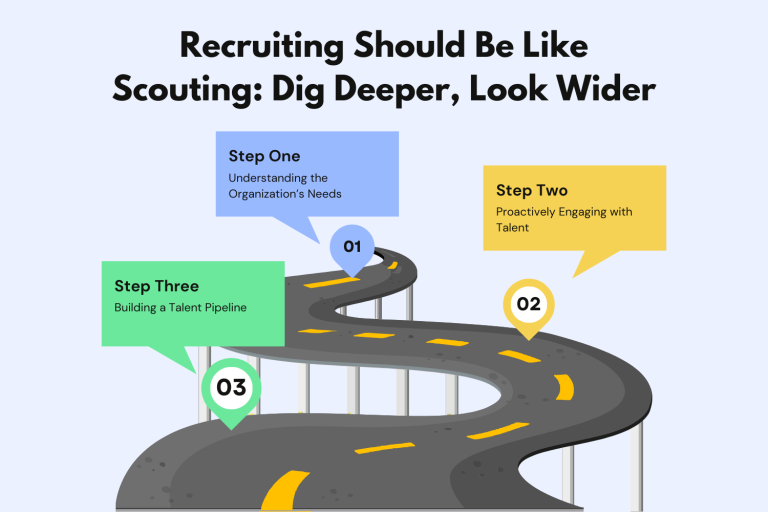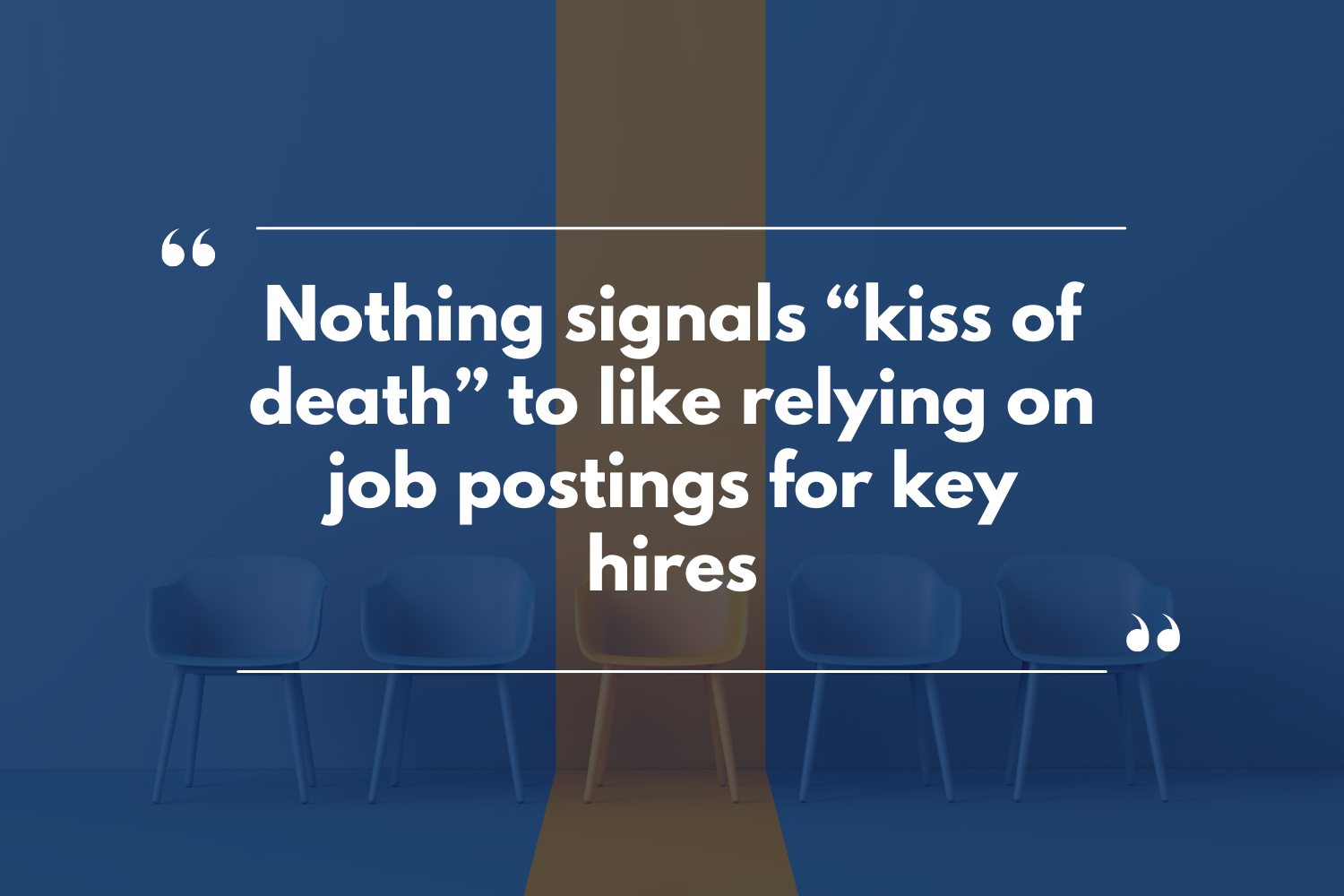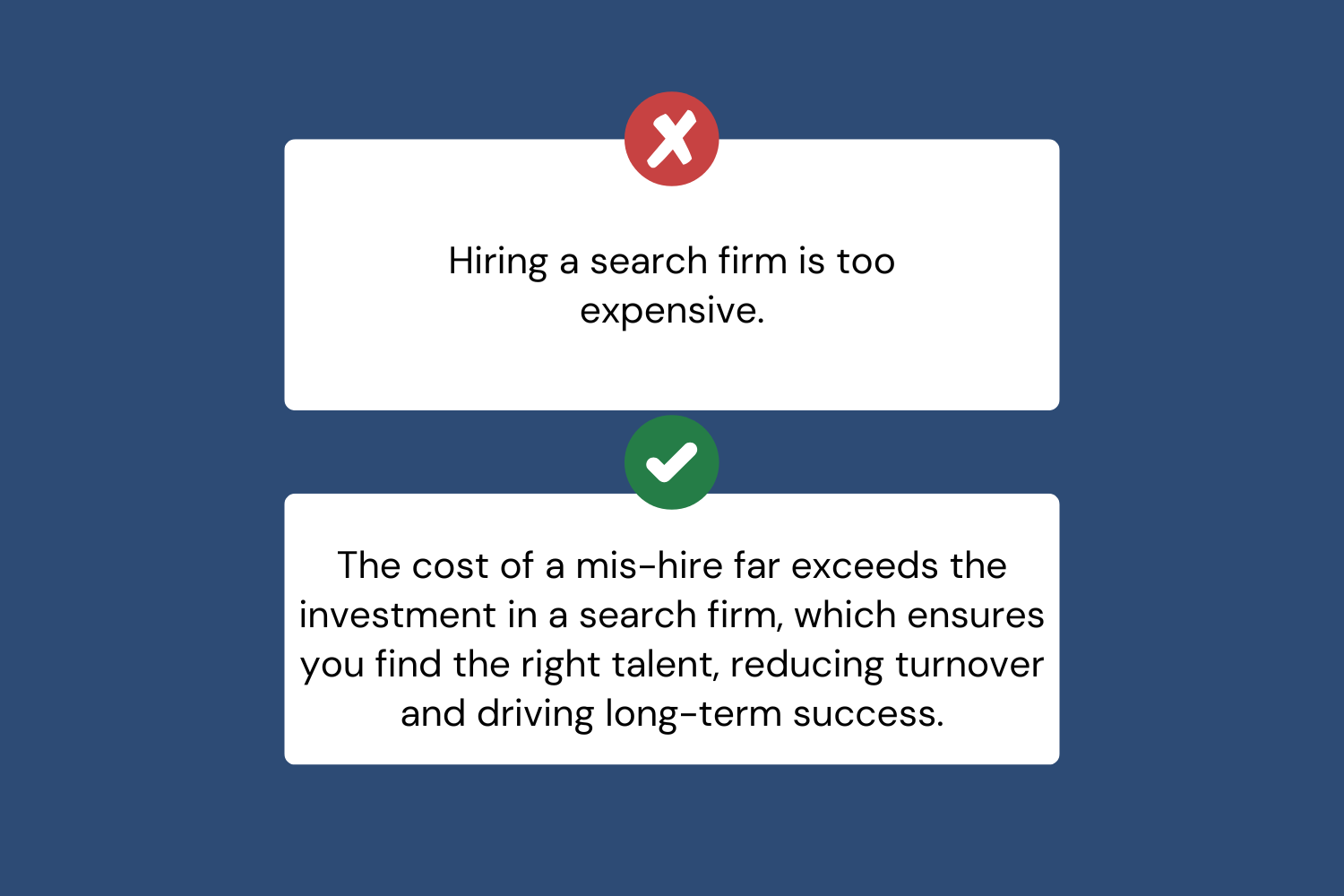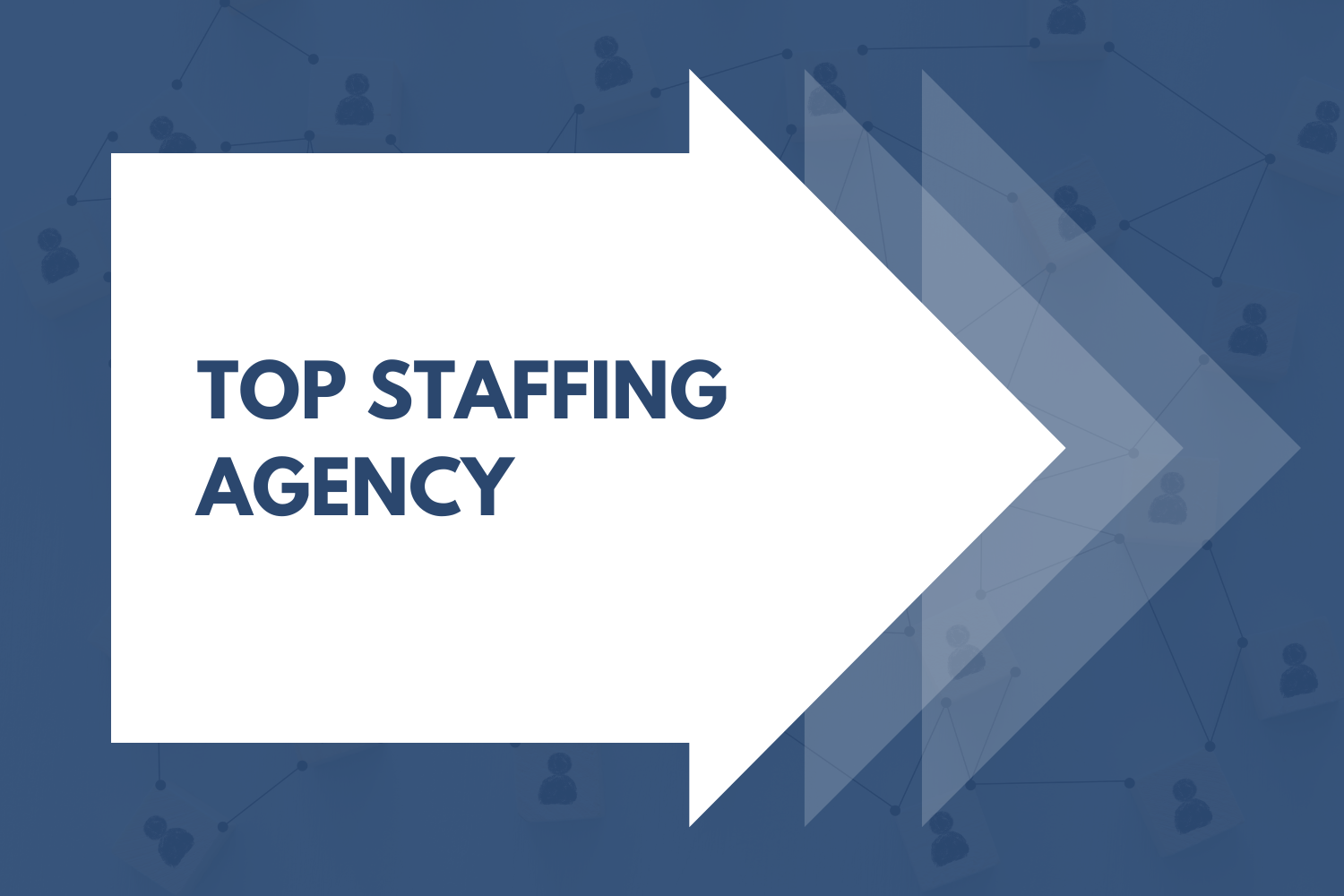
When it comes to building a winning team, whether in sports or business, having a proactive and strategic recruiting approach is essential. In recruitment, this means going beyond simply posting job ads and hoping for the best. True recruiting involves scouting, understanding the organization’s dynamics, and digging deep to find talent that aligns with long-term goals.
The story of how the New England Patriots drafted Tom Brady serves as a powerful example. If not for the diligence of a few key figures, the Patriots might have missed out on one of the greatest quarterbacks in NFL history. This case demonstrates what real recruiting looks like and why organizations should adopt a similarly thorough approach when hiring top talent.
In the 2000 NFL draft, Tom Brady was a long shot. The Patriots had many other pressing needs, and no one thought they needed another quarterback. Yet, then-quarterbacks coach Dick Rehbein and player personnel director Bobby Grier recognized something special in Brady. They looked beyond his unimpressive combine stats and saw a player with grit, leadership, and a winning mentality. Grier even called Brady’s college coach, Lloyd Carr, for insights that other scouts ignored.
Their approach was thorough and proactive. Rehbein flew to Ann Arbor to watch Brady in person, while Grier dug deeper than anyone else by getting first-hand accounts from Brady’s college coach. They weren’t just relying on the available data — they were actively seeking more context and information.
This level of diligence helped uncover a gem where others saw only mediocrity. Brady wasn’t handed a starting spot, but he worked his way up from the bottom, eventually leading the team to six Super Bowl titles. The Patriots’ recruiting approach exemplifies the importance of scouting with intent and understanding the value of looking beyond the surface.
In business, relying on traditional job postings for competitive, high-skilled roles is akin to waiting for a great quarterback to fall into your lap. Job boards might work for high-volume, low-complexity roles, but for positions requiring specialized skills and leadership capabilities, a different strategy is needed.
At Brogan Search Partners, our conversations with founders often start with similar pain points:
- “We posted the position, but haven’t seen any suitable candidates.”
- “We hired someone, but they weren’t a good fit.”
- “Our internal team has some candidates, but we’d like a wider pool to choose from.”
These are symptoms of a reactive approach to recruiting. Job postings only attract active candidates who happen to be looking at that moment. They don’t reach the passive candidates who could be the perfect fit but aren’t actively applying. This approach is like selecting a player based solely on their stats without understanding the context behind the numbers.
Much like a football scout, a good recruiter does more than screen resumes — they engage with the talent ecosystem to uncover hidden potential. This includes:
- Understanding the Organization’s Needs: Know the team’s dynamics, business challenges, and what the new hire will be expected to achieve. This helps in finding candidates who are not just qualified on paper but who can also thrive within the company’s unique environment.
- Proactively Engaging with Talent: Start relationships early and continue nurturing them over time. Just like Grier took the time to speak with Brady’s coach, recruiters should go the extra mile to gather comprehensive insights about potential candidates.
- Building a Talent Pipeline: Even when there isn’t an immediate opening, maintaining a network of qualified prospects ensures you’re ready when the need arises. This proactive approach helps manage recruitment challenges, such as unexpected departures or sudden growth needs.
Spending $100k on a headhunter may seem expensive, but hiring the wrong person due to a reactive recruitment process can cost much more in lost productivity, turnover, and even reputational damage. Many business failures can be traced back to poor hiring decisions.
The diligence that Rehbein and Grier applied to recruiting Brady should be a model for companies looking to build championship teams. Investing in thorough, well-thought-out recruiting practices not only avoids costly hiring mistakes but also positions companies to attract top performers who can drive growth and innovation.
Tom Brady’s story shows the value of scouting — of doing more than just checking the boxes. When building a high-performing team, whether in sports or business, the same principles apply:
- Commit to Proactive Recruitment: Don’t just wait for candidates to come to you. Actively seek out talent and engage with them long before you have an opening.
- Invest in Understanding Your Needs: Take the time to evaluate the specific skills and traits needed for success within your unique organizational context.
- Go Beyond the Obvious: Don’t just look at the “combine stats” (resumes and LinkedIn profiles). Make the extra effort to gather context, conduct deeper assessments, and uncover potential that others might overlook.
By applying these lessons, companies can avoid the pitfalls of reactive hiring and build a workforce that not only fits the current needs but also drives future success.









